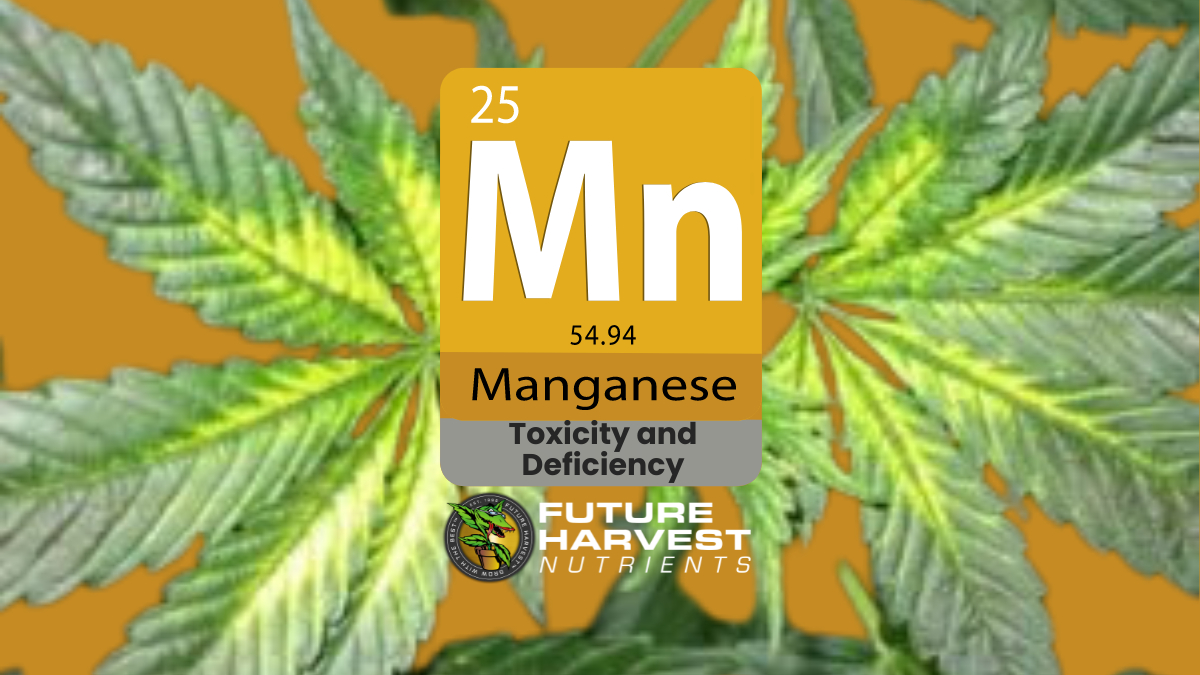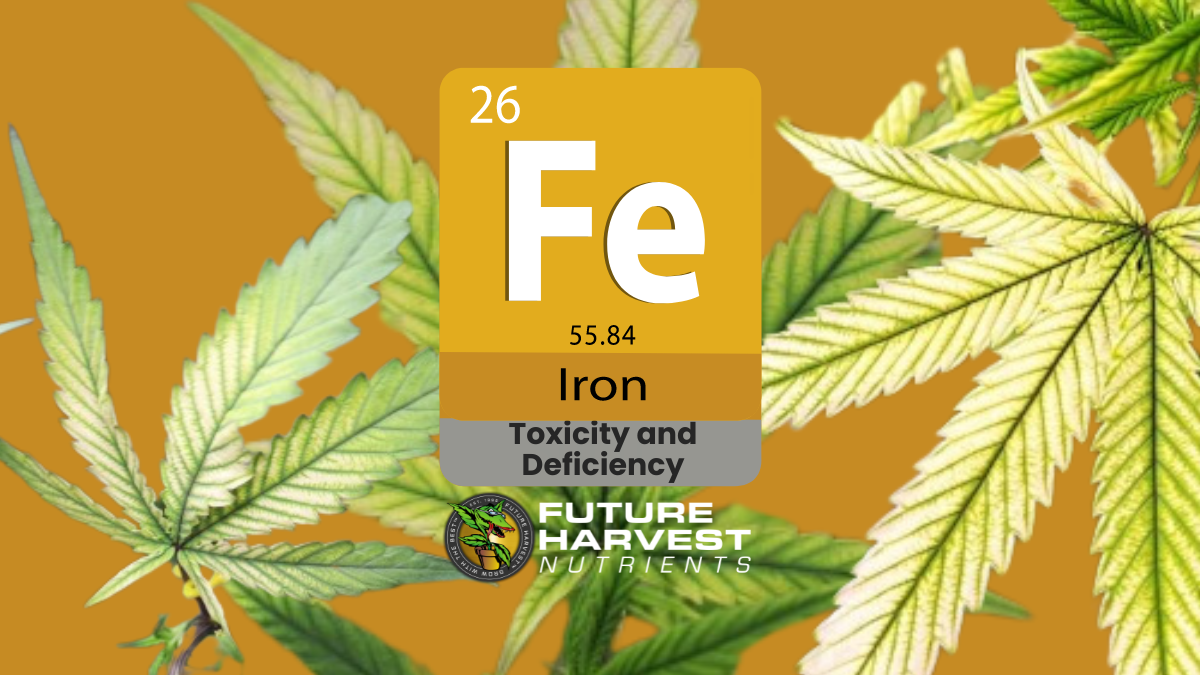7 Facts about Calcium

When I attended college plant nutrients were divided into macro, secondary, and micronutrients based on the levels required by the plant. Since then the secondaries have been merged into the macronutrient category. While I go against most in the plant nutrition industry calling calcium, magnesium, and sulfur secondary nutrients. It makes more sense to me, since we think of fertilizer in terms of NPK (nitrogen, phosphorus, and potassium) hence macronutrients. On the other hand some plants may require calcium levels to be on similar levels to NPK so I can also understand why they're now lumped together.
I was planning to lump calcium, magnesium, and sulfur all together in the same blog post but I now realize that calcium has so many functions that it probably deserves its own separate post as the others would be completely overshadowed.
Cell Wall "Mortar"
The easiest way to understand this function is to picture plant cells as bricks as most are roughly square shaped. In between the bricks is mortar which holds them together. In the case of plant cells the equivalent to mortar made up of calcium pectate. This in turn effects factors further down as stronger cell walls help ward off attacks by fungi and insects. Fruit quality such as firmness and shelf life is also greatly impacted by calcium levels since fruit has higher levels of pectin than other parts of the plant.

*Did you know?*
One of the easiest nutrient deficiencies to diagnose is calcium deficiency in tomatoes, peppers, and cucumbers is a disorder known as blossom end rot. Yellow leaves are common indicators of a deficiency. The cause however can be any number of nutrient issues like nitrogen or magnesium, which can make diagnosis tricky for an untrained eye. This type of calcium deficiency on the other hand will show up as a dark necrotic (dead tissue) spot in the end of a fruit, its very obvious and there are no other conditions which look similar. These kinds of plants require a high ratio of calcium and extra care must be given in order to prevent a deficiency.

Once It's in Place Calcium Doesn't Go Anywhere
The plant will absorb calcium and then transport it to where its needed. When there it can't be recycled like the macronutrients are, even if the plant is under stress from low calcium levels. This means that signs of a deficiency will occur in the youngest tissues first. This is referred to as being non mobile, there are others in this category which we'll cover in future posts.
Closing the Stomata and Transporting Other Nutrients
In my post on potassium I discussed how when potassium leaves the guard cells they will close but never got into the mechanism on why it leaves. The hormone abscisic acid is released when the plant is under stress, this will cause calcium to be released into the guard cells and this in turn will force out the potassium thereby closing the stomata.
Calcium ions are stored in plant cells in specialized storage compartments called vacuoles. This greater concentration will cause other nutrients to be drawn in which helps to transport the different nutrients throughout the plant.
Structural Components in Cell Division
This is a potentially a fairly deep subject that will be extremely boring to most people so we won't delve too very far into it. Briefly, when cells divide the chromosomes (structures containing the genetic material) are pulled apart into the 2 daughter cells. The spindles which pull them apart contain calcium as a component.

Dividing broad bean cells
Liming the Soil
One of the cheapest fertilizers / soil conditioners is limestone which is calcium carbonate and is mined and requires minimal processing. It shouldn't be used indiscriminately however since it raises pH and while ideal for an acidic soil would cause problems in a neutral or alkaline soil. Less common is lime or calcium oxide in which the limestone is heated to drive off a carbon dioxide component. This should only be used in very acidic soils since it greatly increases pH levels.
Closely related is gypsum which is calcium sulfate, like limestone it comes from a mine and has low solubility but doesn't have the such significant effects on pH.

Gypsum crystals
Calcium is the Reason Why Complete Fertilizer Formulations are Difficult
If you look at the Guaranteed Analysis from most blended fertilizer you will notice that calcium and occasionally magnesium are absent. Calcium reacts readily with phosphorus and sulfur and will fall out making the fertilizer insoluble and thereby not readily usable by the plant.
It is possible to get a formulation that includes calcium as a component but the technical requirements are a little different making these products expensive to produce and so they are less common than NKP - micronutrient blends.
Hard Water
Calcium is a fairly abundant element in the earth and not surprisingly ground water will encounter it while it sits underground. Over time it will dissolve in the water typically in the form of calcium bicarbonate which is quite soluble. Once this water is brought to the surface and exposed to air the bicarbonate is converted into a carbonate. While it doesn't sound like a very big deal the carbonate is only slightly in water. In nature we see evidence for this in the formation of stalactites and stalagmites in caverns. In everyday life we see affirmation for this in limescale deposits in plumbing fixtures which over time can cause things to plug up and make replacement necessary. Magnesium is also present in hard water but typically to a lesser degree.

This is also significant when it comes to growing. First of all calcium carbonate is slightly alkaline but has a strong buffering capacity which means extra amounts of acid have to be added to bring nutrient solutions into the optimum pH range. The pH levels will continue to fluctuate until the extra carbon dioxide which is the breakdown product of calcium carbonate is released. The second issue is the fact that when starting with relatively high salinity level only lesser amounts of other nutrients can be added. And finally because calcium reacts with phosphorus and sulfur to form insoluble salts, care will have to be taken not to add too much of any of these nutrients in order to prevent nutrient lockup.
Calcium nutrition is both fascinating and frustrating. It has many unrelated functions but has some properties that can be a real hindrance to growers.
Leave A Reply
Your email address will not be published. Required fields are marked *


